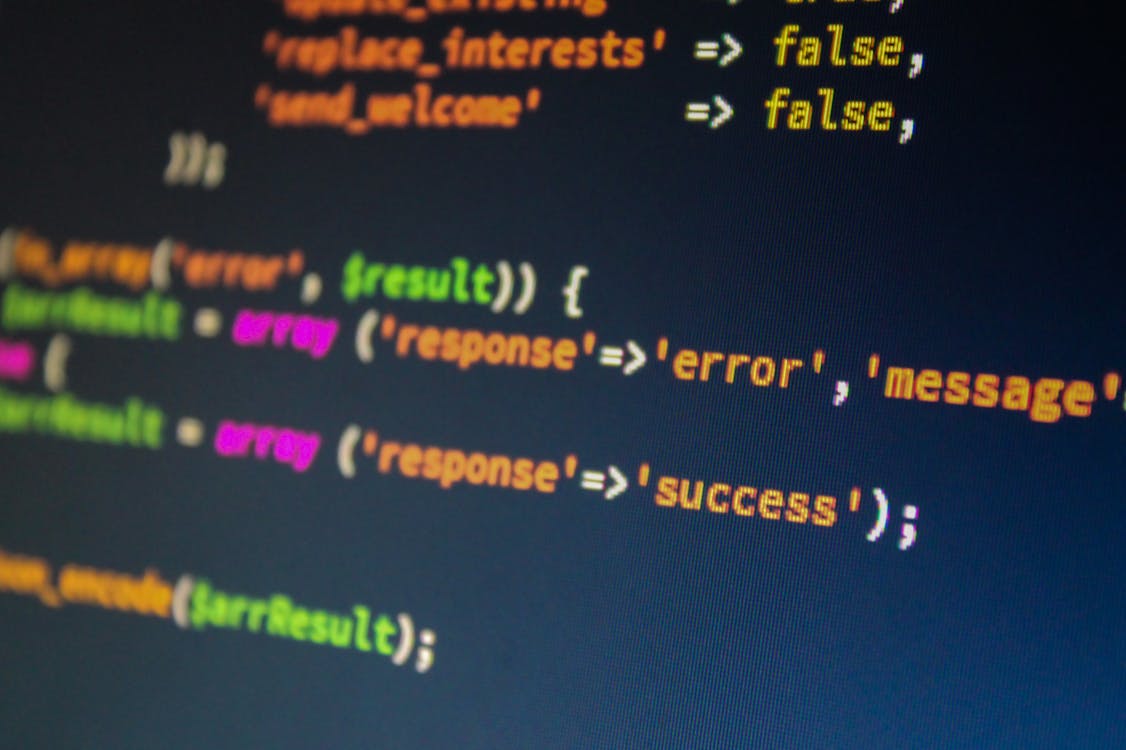Python is a popular programming language among data scientists because of its simplicity and versatility. It has a vast ecosystem of libraries that make it easier to analyze, manipulate and visualize data. In this article, we will explore some of the top Python libraries for data science that are expected to be popular in 2023.
1. NumPy
NumPy is a fundamental library for numerical computing in Python. It provides a powerful N-dimensional array object, which is the building block for many scientific computing tasks. NumPy also includes a wide range of mathematical functions for array manipulation, linear algebra, and random number generation.
One of the benefits of NumPy is its efficiency in handling large datasets. Its array object is much faster than Python's built-in list, making it an essential tool for data science tasks that require quick computations.
2. Pandas
Pandas is another essential library for data science in Python. It provides data structures for efficiently storing and manipulating labeled data, such as tables, time-series, and panel data. Pandas is particularly useful for data cleaning and transformation tasks, which are necessary for most data science projects.
With Pandas, you can easily read and write data from various sources, such as CSV, Excel, and SQL databases. It also provides tools for data analysis, such as filtering, grouping, and aggregating data. Furthermore, Pandas integrates well with other libraries, such as NumPy and Matplotlib, making it an excellent choice for data science projects.
3. Matplotlib
Matplotlib is a powerful library for data visualization in Python. It provides a wide range of plotting functions, such as line plots, scatter plots, bar plots, and histograms. With Matplotlib, you can create complex visualizations with ease and customize them to your specific needs.
One of the benefits of Matplotlib is its compatibility with other libraries. For example, you can use it with NumPy arrays or Pandas data frames to create visualizations from your data. Matplotlib is also highly customizable, allowing you to adjust every aspect of your plots, such as colors, labels, and annotations.
4. Scikit-learn
Scikit-learn is a popular machine learning library for Python. It provides tools for supervised and unsupervised learning, such as classification, regression, clustering, and dimensionality reduction. Scikit-learn is particularly useful for data scientists who are just starting with machine learning, as it provides a simple and consistent interface for all its algorithms.
With Scikit-learn, you can quickly train and test your models, and evaluate their performance with various metrics. It also includes tools for feature extraction and selection, which are necessary for many machine learning tasks. Furthermore, Scikit-learn integrates well with other libraries, such as NumPy, Pandas, and Matplotlib, making it an excellent choice for data science projects.
5. TensorFlow
TensorFlow is a popular library for deep learning in Python. It provides tools for building and training deep neural networks, such as convolutional neural networks (CNNs) and recurrent neural networks (RNNs). TensorFlow is particularly useful for data scientists who are working with large and complex datasets, as it provides efficient tools for distributed computing.
With TensorFlow, you can build and train complex models with ease, and deploy them to various platforms, such as mobile devices and the cloud. It also includes tools for model visualization and debugging, which are necessary for many deep learning tasks. Furthermore, TensorFlow integrates well with other libraries, such as NumPy, Pandas, and Matplotlib, making it an excellent choice for data science projects.
Conclusion
Python is a versatile language for data science, and it has a vast ecosystem of libraries that make it easier to analyze, manipulate, and visualize data. In this article, we have explored some of the top Python libraries for data science that are expected to be popular in 2023.
